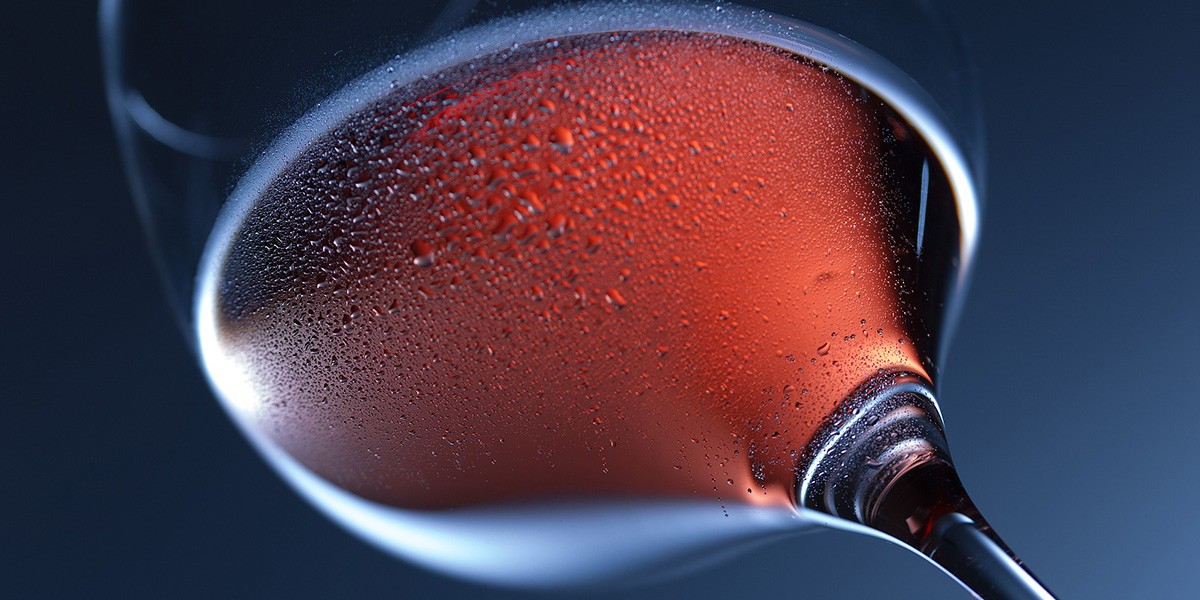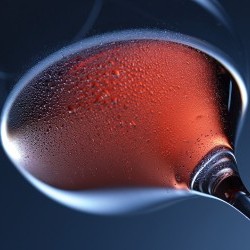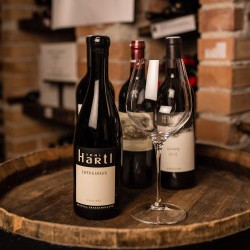Wine Glass 101

This is where wine is poured. The size of the chalice determines which gustatory nerves the wine triggers.
The Chalice (Kuppa)
This is where wine is poured. The size of the chalice determines which gustatory nerves the wine triggers. This decides whether the sense of taste is affected more by the acidity, fruit bloom, or the sweetness of the wine. Tulip-shaped glasses are particularly suitable for sparkling wines, mainly because spume benefits from the thin and relative high side. Apple-shaped glasses with a narrowed aperture are ideal for white wine. The bouqet remains in the glass and reaches the nose in a more concentrated form. The opulent aromas of red wines are best suited for larger, bulbous, and more open glasses. These glasses allow the wine to tough the entire mouth cavity. Smaller chalices are mostly used for sweet dessert wines that are only consumed in small amounts. The taste of these wines is concentrated on the tip of the tongue.
The Stem
The longer the stem, the longer a wine keeps its initial temperature. A wine glass should always be touched at the stem, never on the chalice itself. This avoids the temperature of the wine rising due to your body heat.
The Foot
This is literally the foothold of a glass. It should always be in line with the overall design of the glass.
The Bezel
The edge of the glass has an impact on the taste. It should always be thin and perfectly smoothed, meaning not too thick or rounded (rolled edge). This ensures that the wine wets the surface of the tongue quickly and evenly. It also helps to dose the wine in as small sips as possible.
The Glass Wall
Should be just thick enough to ensure that the differing temperatures of the wine glass have no noticable impact on the wine itself. If this is not the case, the wine will either get too warm or the glass will fog over. A drink needs to be appealing to the eye, after all.
The Wine Temperatures
White wine from 8 to 10°C
Red wine from 15 to 17°C
Maybe you are also interested in...
Selected offers
7 nights in eva,VILLAGE and all eva, amenities are waiting for you!

